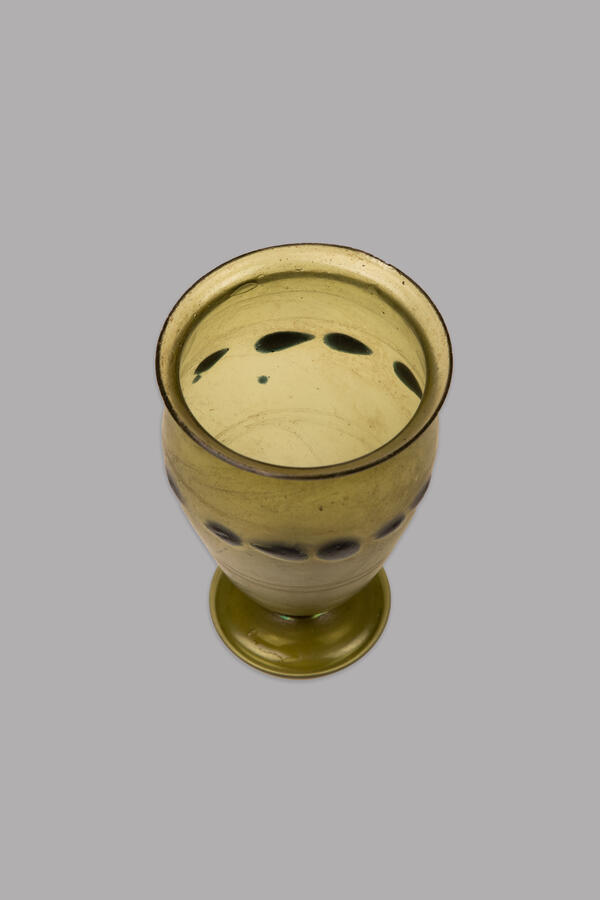At the end of the 4th century and in the first half of the 5th century, during the period of the Great Migration of Peoples, on the territory of the modern Zadonsky district of the Lipetsk region, not far from the modern village of Ksizovo, there was a Hunnic principality. The nomads created an administrative and craft center, which controlled part of the fur trade route along the Don River.
Not far from the settlement there was an ancient cemetery — a burial ground. A burial of a 20-30-year-old man with grave goods was found there. It was done in a pit with “shoulders”: first, a rather wide pit was dug, at the bottom of which they made a narrower one. On the “shoulders”, which had been formed in this way, the ancient people put wooden chopping blocks and blocked the entrance to the grave.
The remains of decay allow to conclude that the man’s headdress, trousers and belt were made of leather. The belt was fastened with a large bronze buckle; and additional belt buckles were found. A whip, a razor and a knife were suspended from the belt of the buried. Archaeologists also found a glass bead. Along the body was a spear. Judging by the remains of wooden ashes, it was about 172 cm long.
Near the head, in special recesses, was a molded pot and a glass goblet. Glass products, especially the goblet, were highly valued in the middle of the first millennium. After the devastating invasion of the Huns and the beginning of the Great Migration of Nations, many glass workshops stopped working.
At that time, accessories for feasts were not just expensive items, but also ritual ones. They were placed in the grave of only wealthy and noble people. If we draw a parallel with the ritual component of the feasts of the 13th and 14th centuries, we can conclude that this goblet was the personal property of a warrior, and its use had a symbolic, sacred meaning.
Analogues of the Ksizovsky goblet were found in Kislovodsk, the Crimea, Khersones, Marseilles in France, and Mantua in Italy. However, scientists were not able to determine the exact place where the find had been manufactured. Probably, it was made in one of the production centers of the Mediterranean or the Black Sea regions.
Not far from the settlement there was an ancient cemetery — a burial ground. A burial of a 20-30-year-old man with grave goods was found there. It was done in a pit with “shoulders”: first, a rather wide pit was dug, at the bottom of which they made a narrower one. On the “shoulders”, which had been formed in this way, the ancient people put wooden chopping blocks and blocked the entrance to the grave.
The remains of decay allow to conclude that the man’s headdress, trousers and belt were made of leather. The belt was fastened with a large bronze buckle; and additional belt buckles were found. A whip, a razor and a knife were suspended from the belt of the buried. Archaeologists also found a glass bead. Along the body was a spear. Judging by the remains of wooden ashes, it was about 172 cm long.
Near the head, in special recesses, was a molded pot and a glass goblet. Glass products, especially the goblet, were highly valued in the middle of the first millennium. After the devastating invasion of the Huns and the beginning of the Great Migration of Nations, many glass workshops stopped working.
At that time, accessories for feasts were not just expensive items, but also ritual ones. They were placed in the grave of only wealthy and noble people. If we draw a parallel with the ritual component of the feasts of the 13th and 14th centuries, we can conclude that this goblet was the personal property of a warrior, and its use had a symbolic, sacred meaning.
Analogues of the Ksizovsky goblet were found in Kislovodsk, the Crimea, Khersones, Marseilles in France, and Mantua in Italy. However, scientists were not able to determine the exact place where the find had been manufactured. Probably, it was made in one of the production centers of the Mediterranean or the Black Sea regions.




